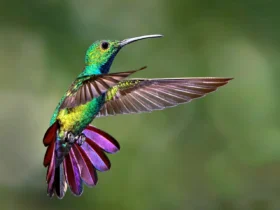In the vibrant landscapes of the western United States and parts of Mexico, a tiny jewel-like creature delights with its iridescent plumage and mesmerizing flight—the Anna’s Hummingbird (Calypte anna). Renowned for its beauty, resilience, and enchanting behavior, this charismatic bird has captured the hearts of bird enthusiasts and nature lovers alike. Let us delve into the captivating world of Anna’s Hummingbird and explore its remarkable characteristics.
Anna’s Hummingbird images
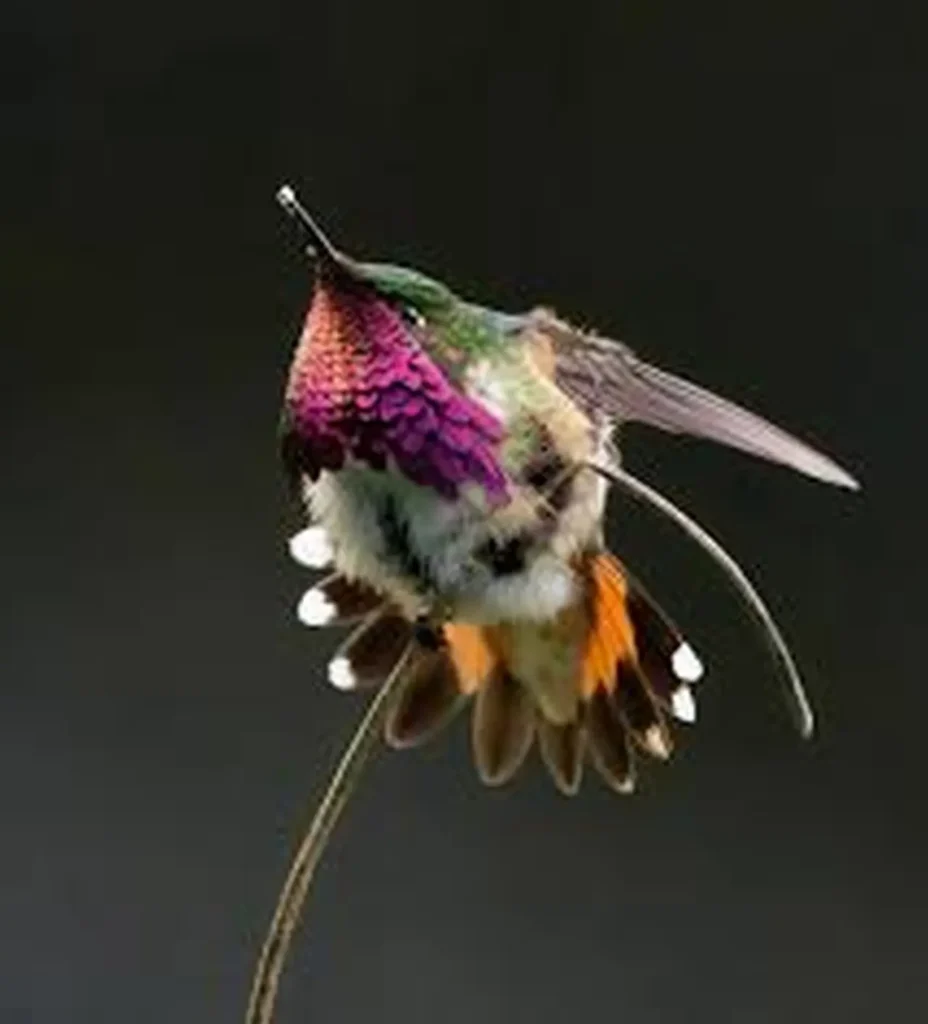
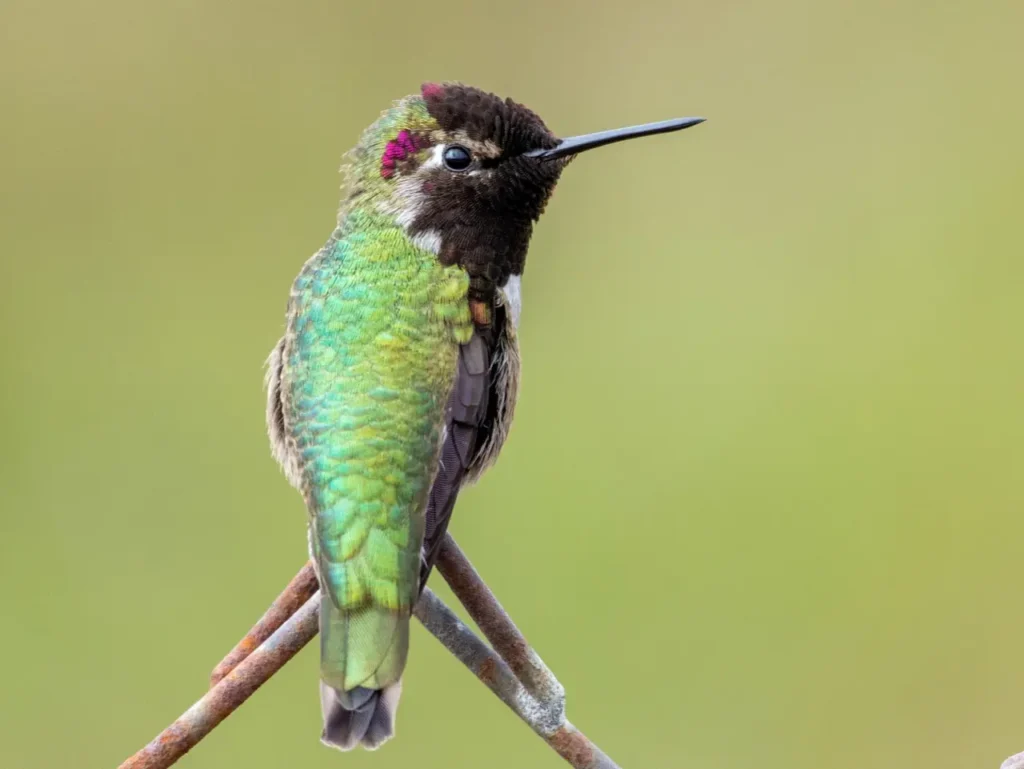

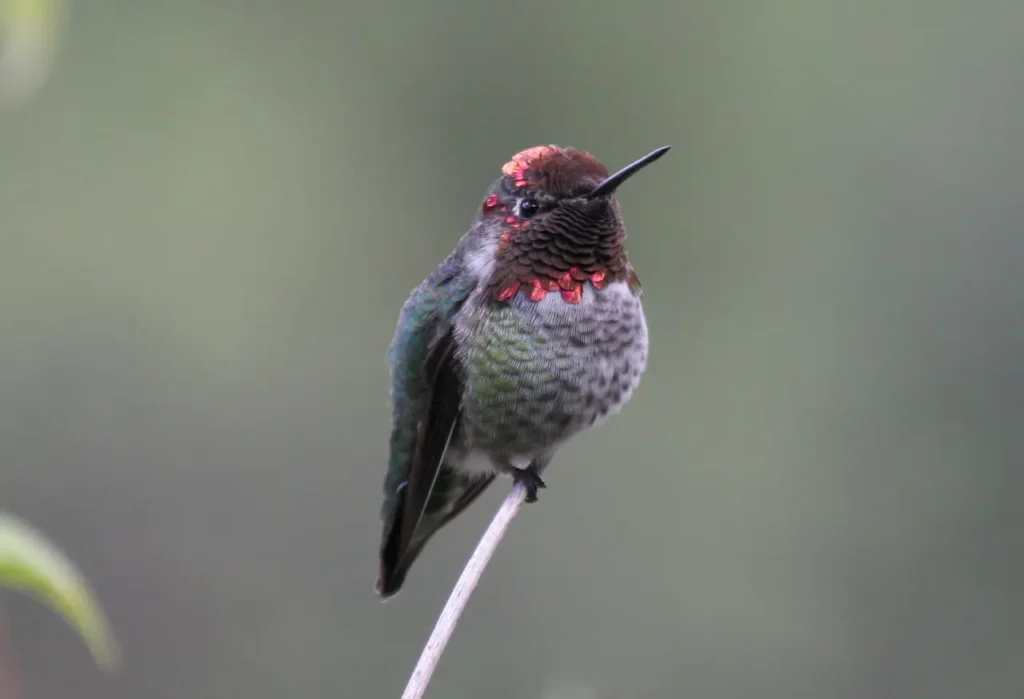
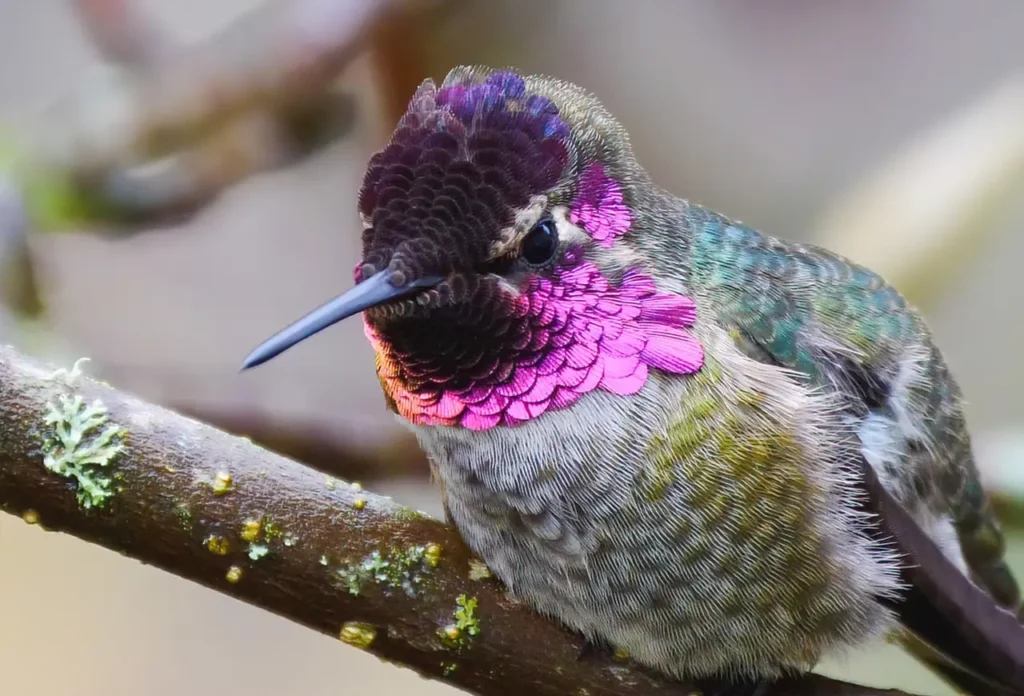
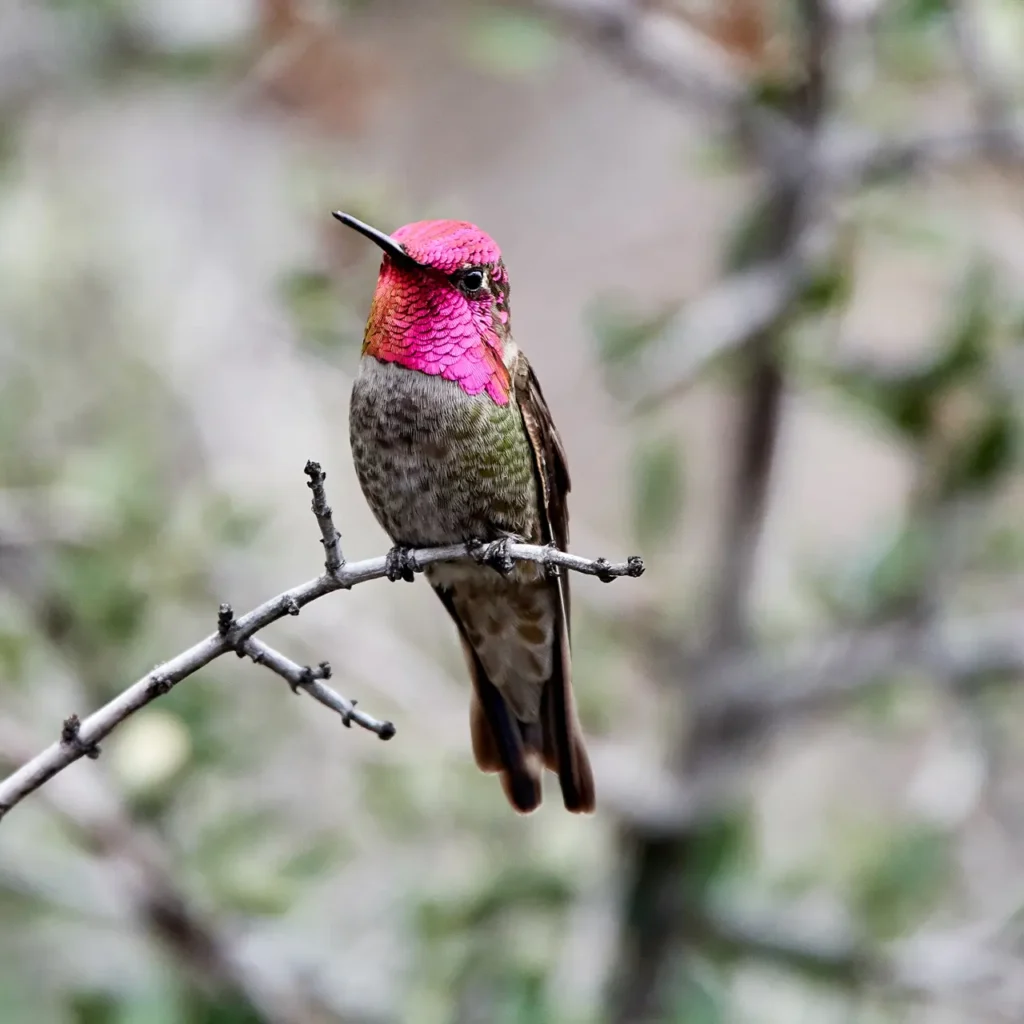
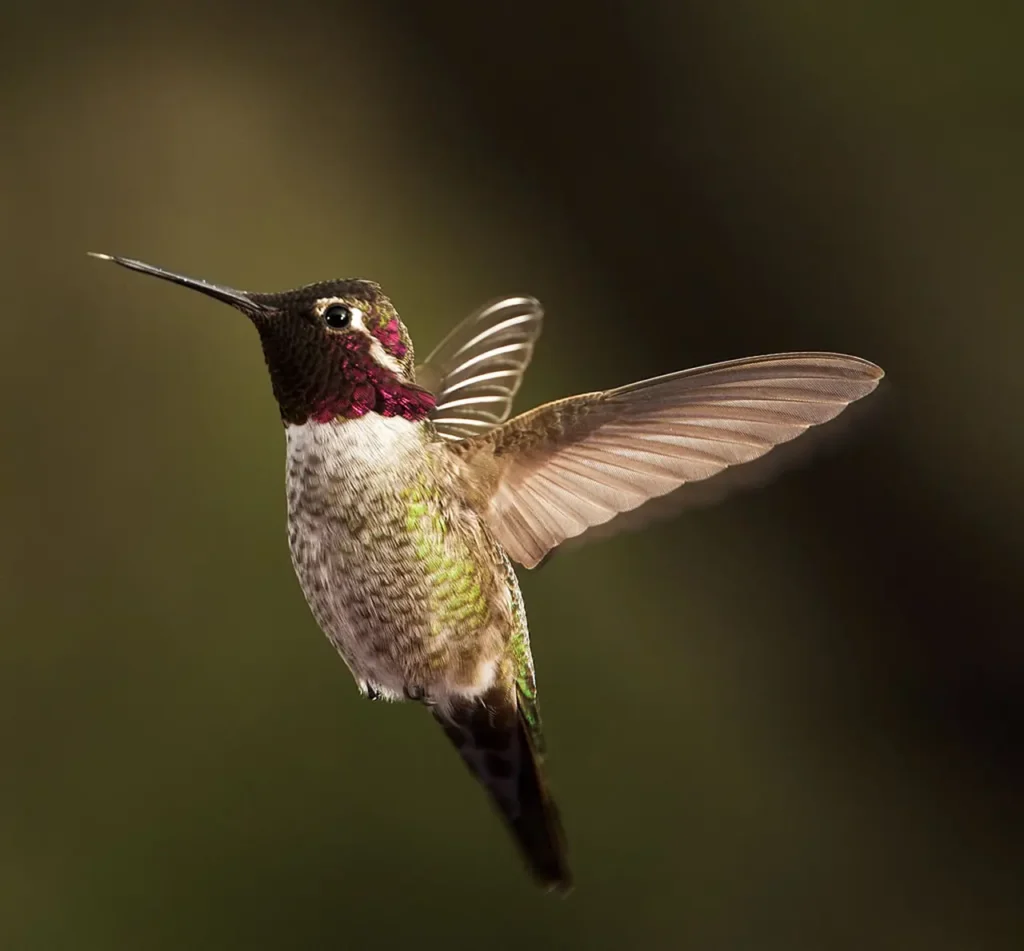

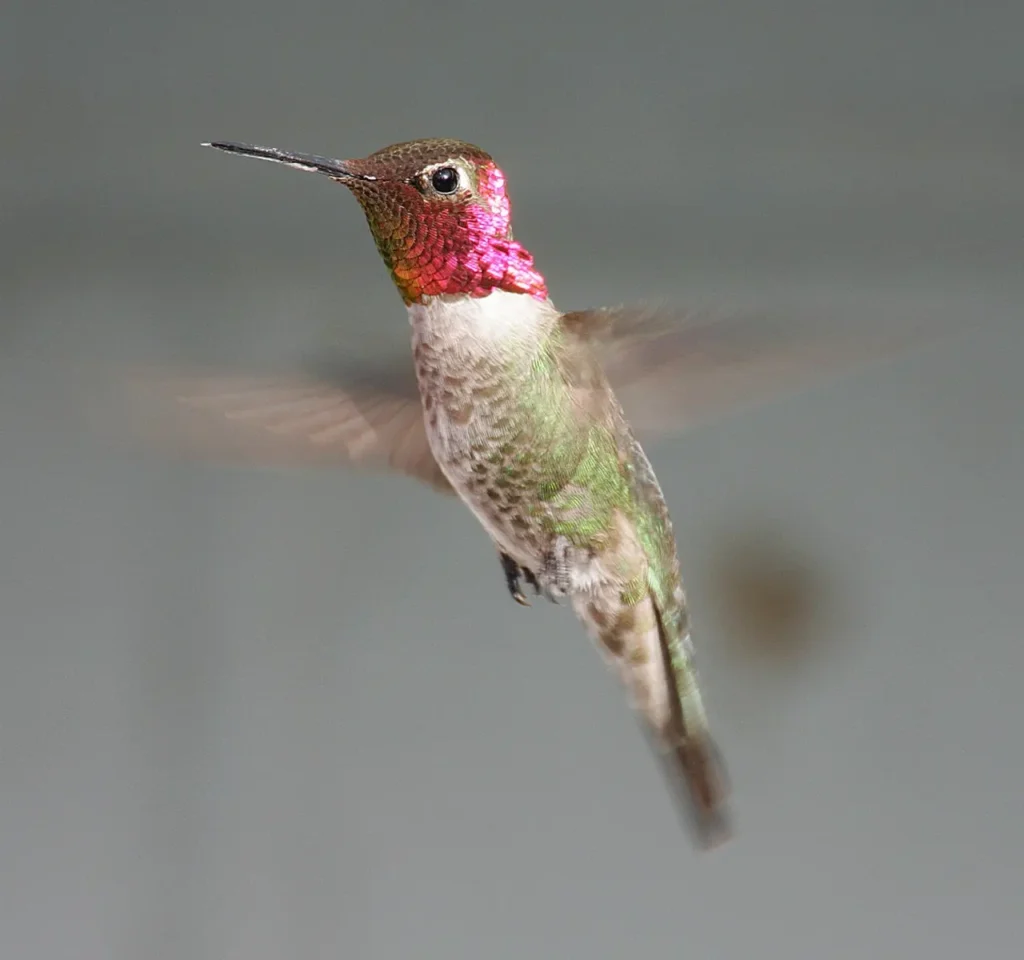
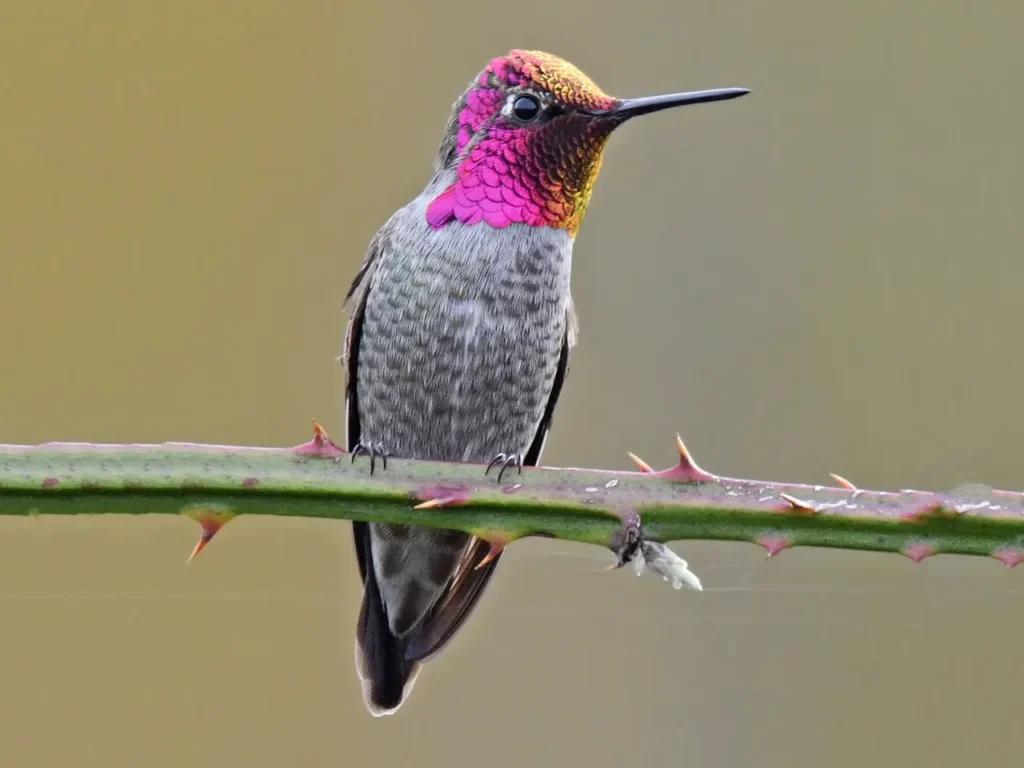
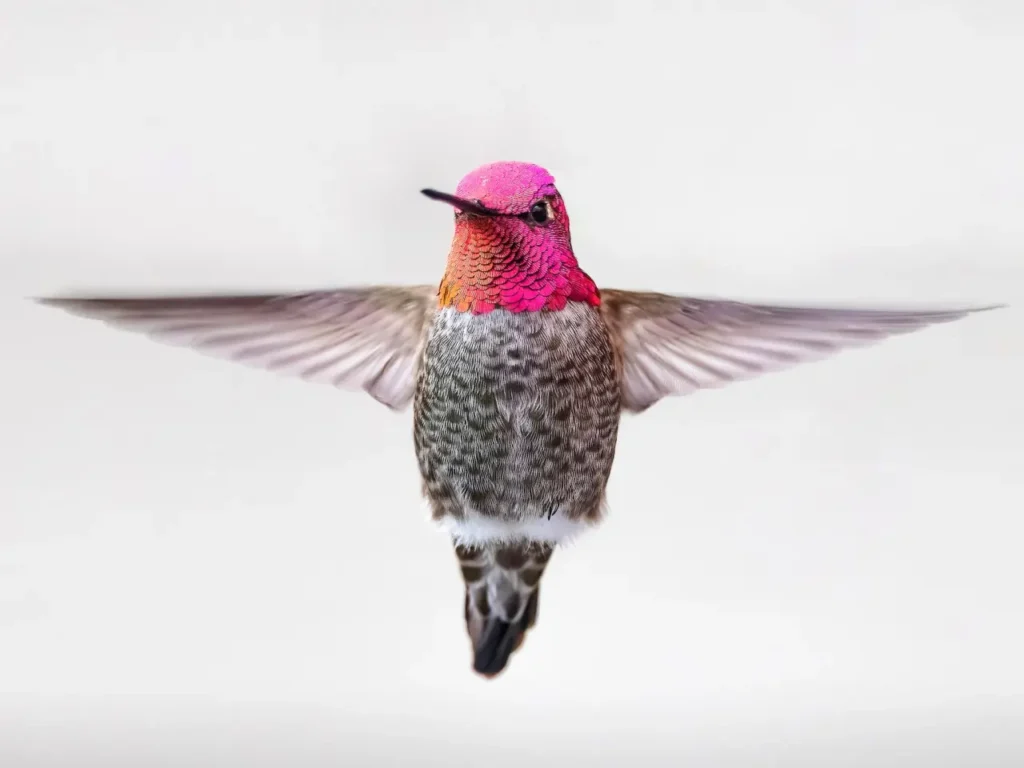

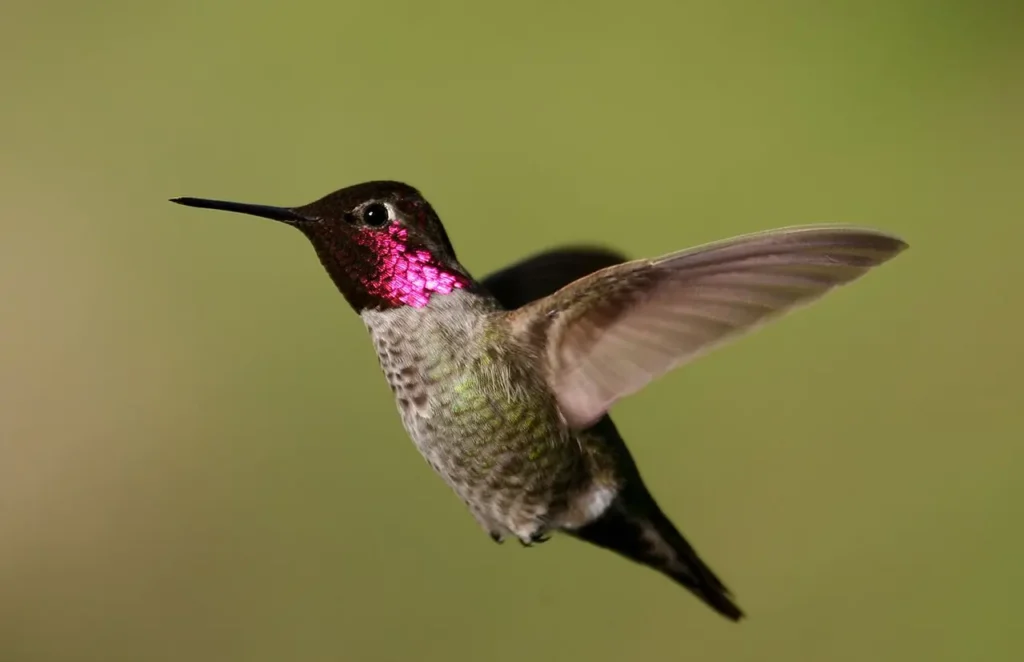
Appearance and Plumage
The Anna’s Hummingbird is a small bird, measuring about 10 centimeters (4 inches) in length. The male is particularly striking, with its vibrant colors and distinctive iridescent feathers. It displays a brilliant combination of emerald green on its head, back, and throat, transitioning to a shimmering rose-pink on its chest and belly. The throat of the male, known as the gorget, flashes iridescent hues of magenta, fuchsia, and violet in certain light conditions. This stunning feature is particularly prominent during courtship displays.
Females and juveniles have more muted colors, with predominantly grayish-green upperparts and pale buff underparts. They lack the vibrant throat coloration of the males but still exhibit subtle iridescence in certain angles of light.
Habitat and Distribution
Anna’s Hummingbirds are primarily found along the western coast of North America, from southern Alaska down to Baja California in Mexico. They inhabit a range of habitats, including coastal areas, woodlands, gardens, and urban parks. These adaptable birds have also successfully colonized urban environments, thanks to the availability of nectar-rich flowers and artificial feeders.
Unique Adaptations
One of the remarkable adaptations of Anna’s Hummingbirds is their ability to withstand cold temperatures. Unlike most hummingbird species that migrate to warmer climates during winter, some populations of Anna’s Hummingbirds remain in their breeding territories year-round, including in regions where freezing temperatures occur. They can survive cold nights by lowering their body temperature and entering a state of torpor—a slowed-down metabolic state similar to hibernation.
Feeding Behavior
Anna’s Hummingbirds have a high metabolism and require a constant supply of nectar to fuel their energy demands. They have a long, slender bill and a specialized tongue that allows them to access the nectar hidden deep within flowers. They are known to visit a wide variety of flowering plants, including native wildflowers and cultivated garden favorites.
In addition to nectar, Anna’s Hummingbirds supplement their diet with small insects and spiders, providing them with essential protein and nutrients.
Courtship Displays and Mating
During the breeding season, male Anna’s Hummingbirds perform spectacular aerial displays to attract females and establish their territories. They ascend high into the sky, then dive rapidly, producing a distinctive buzzing sound with their wings. This display, known as a “dive display,” showcases their agility and strength.
Males also engage in a “pendulum display,” in which they hover in front of a potential mate and swing back and forth like a pendulum, all the while emitting distinctive chirping sounds. These elaborate courtship displays are an integral part of the mating rituals of Anna’s Hummingbirds.
Conservation and Protection
While Anna’s Hummingbirds are not currently considered globally threatened, their populations face challenges due to habitat loss and the impacts of climate change. Urban development, deforestation, and the loss of native flowering plants are some of the factors affecting their habitat and food sources.
To support Anna’s Hummingbirds and other hummingbird species, it is crucial to provide them with suitable habitat and a diverse range of nectar-rich flowers. Planting native flowering plants and maintaining clean and well-maintained hummingbird feeders can help sustain these beautiful birds and contribute to their conservation.
A Delightful Ambassador of Nature
Anna’s Hummingbird serves as an ambassador for the wonders of nature, showcasing the beauty and resilience of the avian world. Its vibrant colors, enchanting flight, and unique adaptations make it a cherished sight in gardens, parks, and natural habitats. By appreciating and protecting the habitats that sustain these tiny gems, we can ensure that Anna’s Hummingbird continues to grace our lives and inspire us with its delicate presence.
